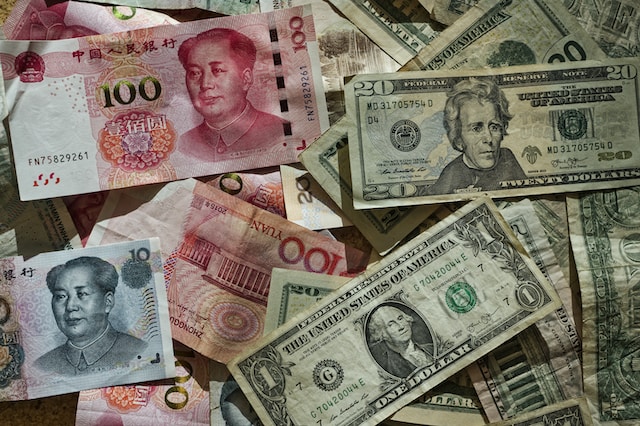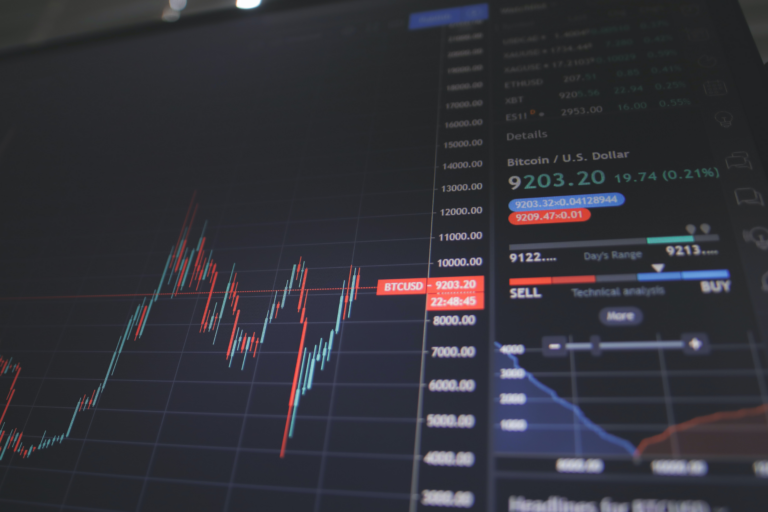
Morning Brief – A seller
A seller
With US treasury prices still dominating flows across the world, do we need to worry about China’s swelling selling appetite? In recent memory China has always been one of the most significant holders of US treasury bills. Counting as quasi-FX reserves and a stabilising financial asset to hold within its coffers, China’s ownership of US debt is on a colossal scale. The size of that ownership is often characterised as systemically large and the risk of a sell-down in that stockpile of US debt when international relations between China and the US deteriorate is frequently debated.
The sell off in US treasuries and stocks is taking place at the level of the firm and investor rather than the state. Given the significant decline in US treasury yields over the past few months, those investors must be materialising some rather hefty losses. So, why sell? Without a certain path higher for US treasury yields, it seems likely that institutions are bracing for another set of intervention requests from the monetary authorities. In August when the Yuan hit a near year-low versus the US Dollar, Beijing told state owned institutions to engage in open market operations to buy Yuan to stabilise the exchange rate.
As weakness re-emerges into the Yuan, it seems likely that record sales of US assets could be in order to realise US Dollar cash to subsequently buy the Yuan when instructed. The fact China is selling US assets heavily should keep us alert to two plausible risks. Firstly, with Treasury prices perched precariously, further selling in material volumes is more likely at present to drive prices lower and yields higher. If there’s a known seller in town, benchmark yields will have an easier time moving higher. Secondly, we would be braced for any potential correction higher in the Chinese Yuan as further currency intervention looks likely once again.
Discussion and Analysis by Charles Porter

Related Insights

Daily Brief – A short lived short squeeze?
A short lived short squeeze? Sterling is undoubtedly benefitting from a short squeeze. Traders on net had increased positions that benefit from Sterling’s demise leading into the budget. Depending upon the participant’s persuasion, that could have meant gaining an outright short exposure to the currency or, in a more mild form, trimming any or all […]

Daily Brief – Sterling slides
Sterling slides Sterling took a leg lower ahead of the European open yesterday. Despite some tentative signs of recovery, GBP was still unable to claw back losses incurred during yesterday’s session. Before we cover the cause and implications of yesterday’s stumble amongst GBP crosses, let’s look at why the Pound was set up for a […]

Daily Brief – Big day of a big week
Big day of a big week Markets have an action-packed week ahead of them. Three G10 central bank decisions will be published, kicking off with the ECB tomorrow. Thursday is the turn of the Bank of England and on Friday, the BoJ. But it’s not just the smattering of pre-Christmas central bank meetings that should […]


